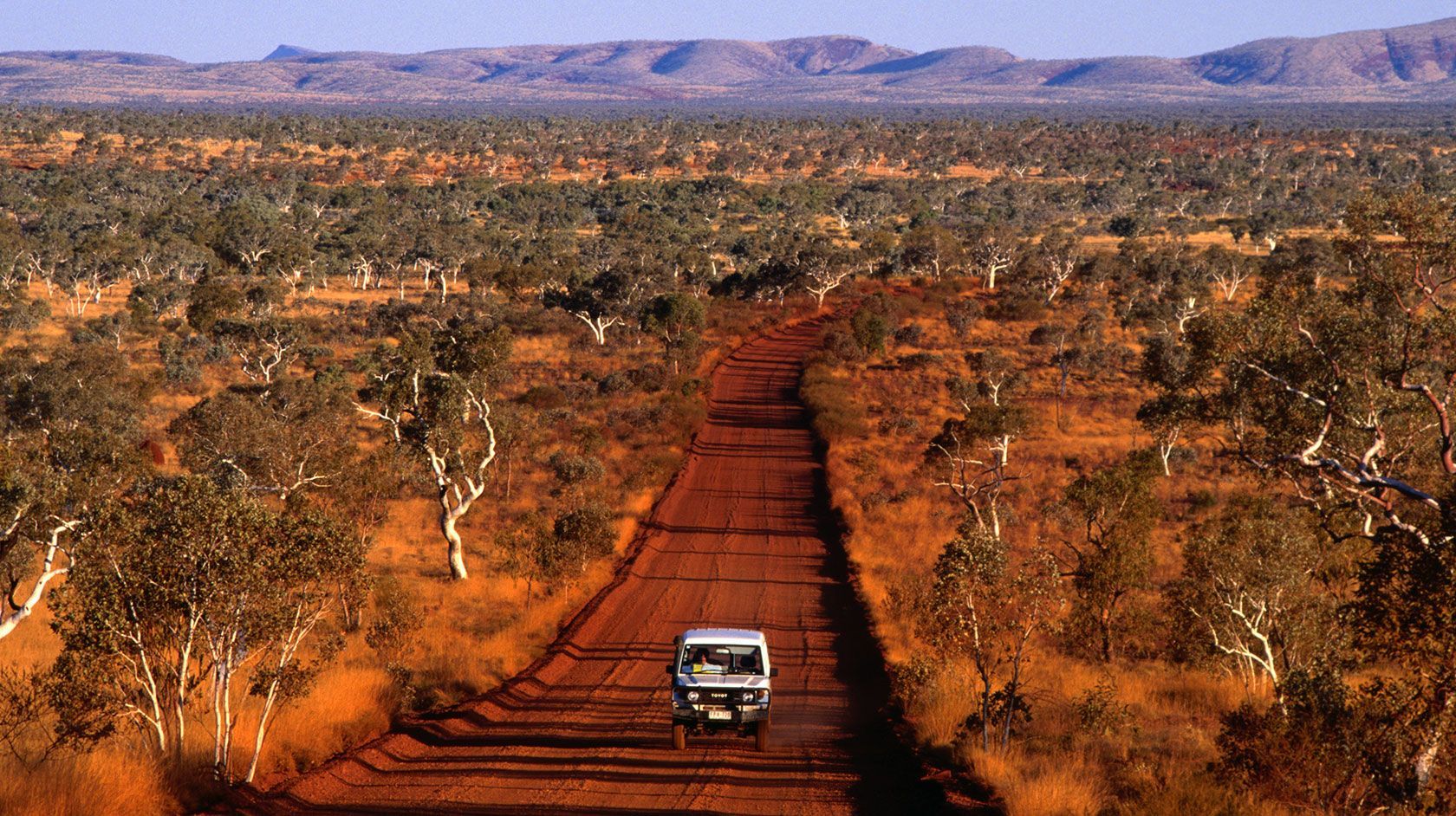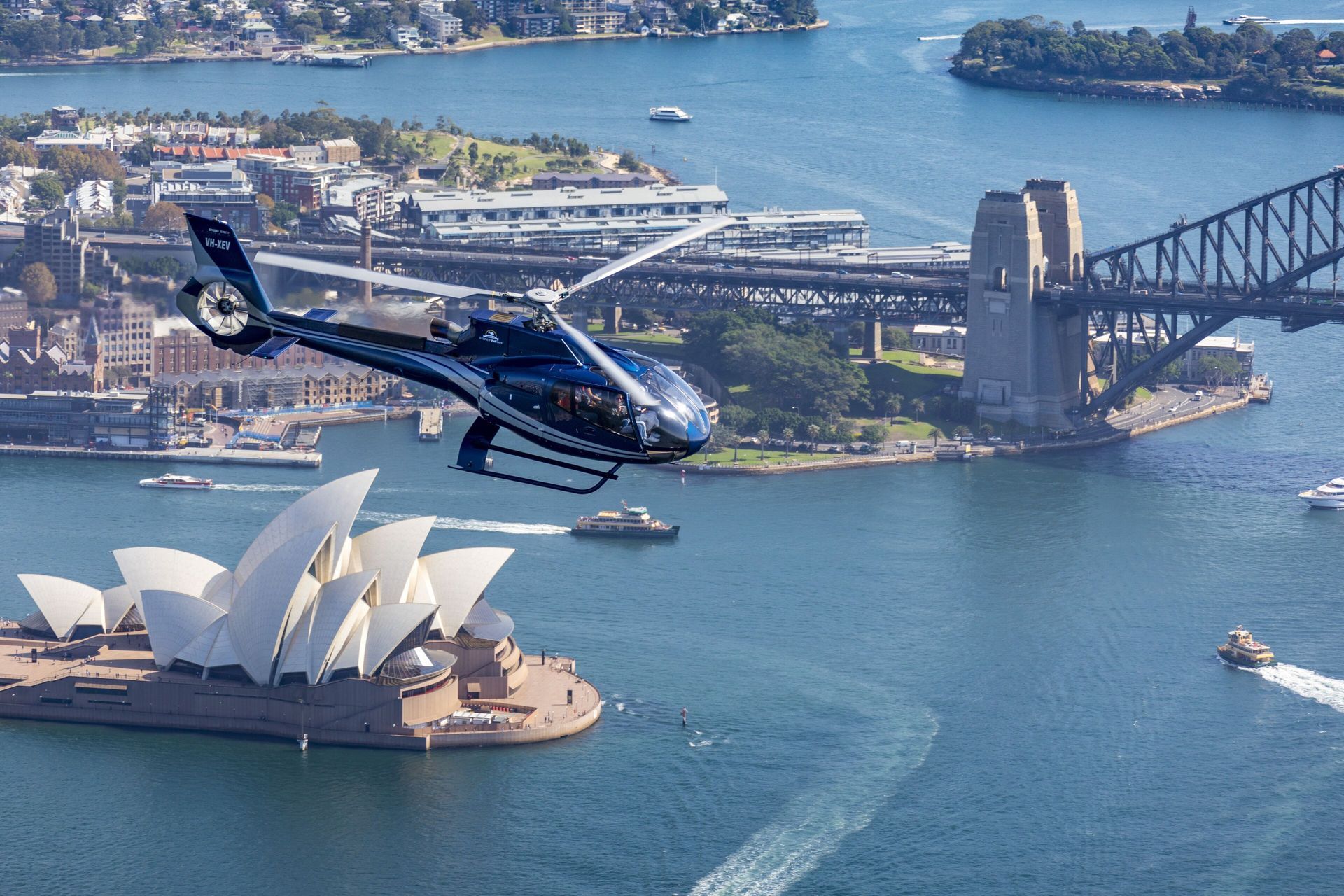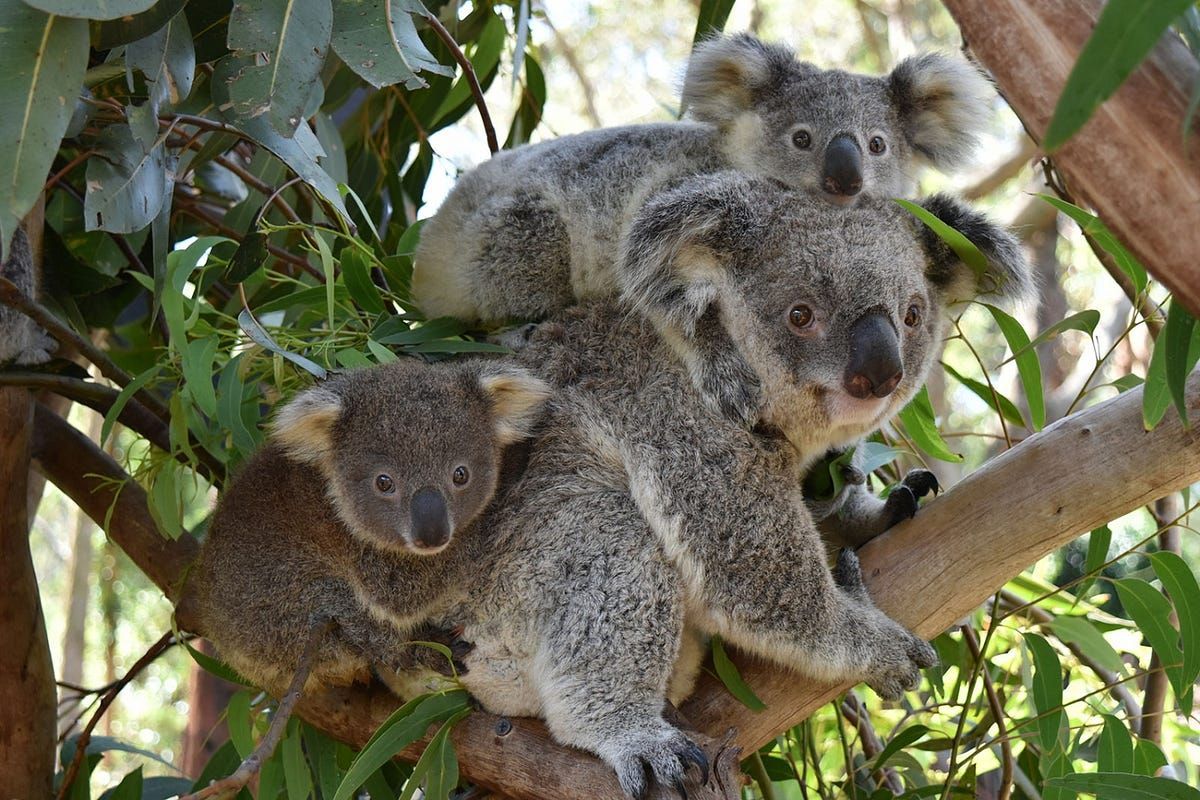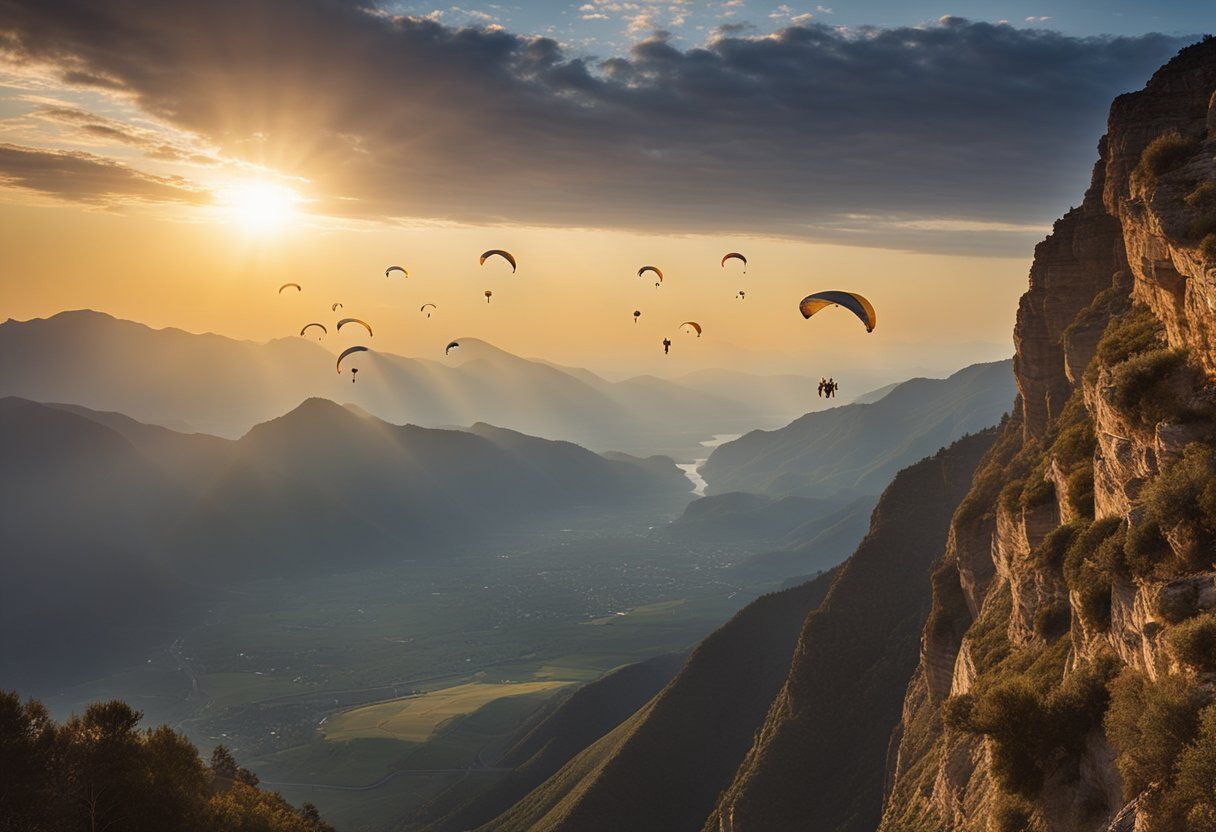To share
Ready for an adventure of a lifetime?
Australia's Northern Territory beckons with its rugged beauty and heart-stopping thrills. From skydiving to croc-spotting, discover why the Outback is an adrenaline junkie's dream destination.

1. Introduction to the Northern Territory's Outback
Geographical overview of the region
The Northern Territory, often referred to as the NT, is a vast expanse of land in central and northern Australia. Covering an area of 1,349,129 square kilometers, it is the third-largest Australian state or territory. The region is known for its diverse landscapes, ranging from arid deserts in the south to tropical savannas in the north.
Unique features of the Northern Territory landscape
The Northern Territory boasts a remarkable array of natural wonders. Uluru, formerly known as Ayers Rock, stands as an iconic symbol of the Australian Outback. The territory is also home to Kakadu National Park, a UNESCO World Heritage site renowned for its Aboriginal rock art and diverse ecosystems. The Katherine Gorge, located in Nitmiluk National Park, offers stunning views of ancient sandstone cliffs carved by the Katherine River.
Best times to visit for adventure activities
The ideal time to visit the Northern Territory for adventure activities depends on the specific region and the type of experience sought. Generally, the dry season, which runs from May to October, is considered the best time for outdoor adventures. During these months, the weather is milder, with lower humidity and minimal rainfall. This period is particularly suitable for hiking, camping, and exploring national parks.
However, the wet season, from November to April, offers its own unique experiences. While some areas may be less accessible due to flooding, this time of year brings lush landscapes and spectacular waterfalls to life.
2. Hiking and Trekking Adventures
Popular trails in Kakadu National Park
Kakadu National Park offers a variety of hiking trails suitable for different fitness levels and interests. Some notable trails include:
- Nourlangie Rock Art Walk: A 1.5-kilometer circuit that showcases ancient Aboriginal rock art.
- Barrk Sandstone Walk: A challenging 12-kilometer trek through diverse habitats, offering panoramic views of the park.
- Gubara Pools Walk: A 6-kilometer return walk leading to refreshing rock pools, perfect for a cooling swim.
Exploring the West MacDonnell Ranges
The West MacDonnell Ranges, located near Alice Springs, provide excellent opportunities for hikers and trekkers. Key attractions include:
- Larapinta Trail: A 223-kilometer long-distance walking track that traverses the ranges, offering stunning views and challenging terrain.
- Ormiston Pound Walk: A 3-4 hour circuit that showcases the geological features of the ranges.
- Mount Sonder: A challenging 16-kilometer return hike to the summit, rewarding trekkers with panoramic views of the surrounding landscape.
Guided walks and self-guided options
Visitors to the Northern Territory can choose between guided walks and self-guided options, depending on their experience level and preferences.
Guided walks offer the benefit of expert knowledge about the local flora, fauna, and cultural significance of the areas. Many tour operators provide guided experiences in Kakadu National Park and the West MacDonnell Ranges, ensuring safety and enriching the hiking experience with informative commentary.
Self-guided options are available for more experienced hikers who prefer to explore at their own pace. The parks provide detailed maps and information about trail conditions, allowing visitors to plan their own adventures. It's important to note that self-guided hikers should always inform park rangers of their plans and carry appropriate safety equipment.
"The Northern Territory's diverse landscapes offer a wealth of hiking and trekking opportunities for adventure seekers of all levels."
3. Water-based Activities in the Outback
Canoeing and kayaking in Katherine Gorge
Katherine Gorge, located in Nitmiluk National Park, offers a remarkable canoeing and kayaking experience. The gorge system comprises 13 separate gorges, carved by the Katherine River through ancient sandstone. Visitors can rent canoes or kayaks to explore the tranquil waters, towering cliffs, and diverse wildlife.
Many tour operators provide guided trips ranging from a few hours to multi-day adventures. These excursions often include opportunities to learn about the local Jawoyn culture and view ancient rock art sites. It's advisable to book in advance, especially during the dry season (May to October) when water levels are optimal for paddling.
Fishing expeditions in the Top End
The Top End of the Northern Territory is renowned for its world-class fishing opportunities. The region boasts an abundance of fish species, including the prized barramundi, as well as golden snapper, mangrove jack, and threadfin salmon.
Popular fishing destinations include:
- Darwin Harbour: Offers year-round fishing with easy access from the city
- Mary River: Known for its high concentration of saltwater crocodiles and excellent barramundi fishing
- Daly River: A favorite among serious anglers, particularly during the run-off season (February to April)
Many lodges and tour operators offer guided fishing trips, providing equipment, local knowledge, and often accommodation. It's crucial to adhere to local fishing regulations and obtain the necessary permits before embarking on a fishing expedition.
Swimming in natural pools and waterfalls
The Northern Territory features numerous natural swimming holes and waterfalls, offering a refreshing respite from the outback heat. Some popular locations include:
- Litchfield National Park: Home to several swimming spots, including Wangi Falls, Florence Falls, and Buley Rockhole
- Kakadu National Park: Features scenic locations like Gunlom Falls and Maguk (Barramundi Gorge)
- Mataranka Thermal Pool: A natural spring-fed pool surrounded by tropical woodlands
Safety tip: Always check for crocodile warnings and adhere to local advice before swimming in natural water bodies.
4. Off-road Driving Experiences
4WD tours through the Red Centre
The Red Centre, home to iconic landmarks like Uluru and Kata Tjuta, offers exciting 4WD adventures. Guided tours provide access to remote areas and lesser-known attractions, often inaccessible by conventional vehicles.
Popular 4WD routes in the Red Centre include:
- West MacDonnell Ranges: Explore gorges, swimming holes, and ancient landscapes
- Finke Gorge National Park: Home to the ancient Palm Valley, accessible only by 4WD
- Rainbow Valley Conservation Reserve: Known for its colorful sandstone cliffs and cultural significance
Many tour operators offer a range of experiences, from day trips to extended camping expeditions, catering to various preferences and skill levels.
Self-drive adventures on the Savannah Way
The Savannah Way is a 3,700 km route linking Cairns in Queensland to Broome in Western Australia, passing through the Northern Territory. This epic journey offers a diverse range of landscapes, from tropical savannahs to the Gulf of Carpentaria.
Key points of interest along the Northern Territory section include:
- Borroloola: A remote outback town known for fishing and Aboriginal culture
- Limmen National Park: Features unique rock formations and excellent camping spots
- Roper Bar: A historic river crossing and gateway to Arnhem Land
While it's possible to drive parts of the Savannah Way in a conventional vehicle, a 4WD is recommended for accessing more remote areas and navigating challenging terrain.
Safety tips and essential equipment for off-road trips
When embarking on off-road adventures in the Northern Territory, safety should be a top priority. Consider the following tips:
- Inform someone of your travel plans and expected return time
- Carry ample supplies of water, food, and fuel
- Equip your vehicle with recovery gear, including snatch straps and a shovel
- Bring a satellite phone or personal locator beacon for emergencies in remote areas
- Check road conditions and weather forecasts before departing
Essential equipment for off-road trips includes:
- Spare tires and a tire repair kit
- First-aid kit
- Basic tool kit
- Maps and a GPS device
- Extra coolant and engine oil
Remember: It's crucial to stay with your vehicle if you encounter problems in remote areas, as it provides shelter and is easier for rescue teams to locate.
5. Wildlife Encounters and Nature Tours
Crocodile spotting in Kakadu National Park
Kakadu National Park offers visitors a unique opportunity to observe saltwater crocodiles in their natural habitat. These prehistoric creatures, some reaching lengths of up to 6 meters, can be seen basking on the banks of rivers and billabongs. Guided boat tours along the Yellow Water Billabong provide safe and informative crocodile-spotting experiences. During these tours, experienced guides share insights about crocodile behavior and the park's ecosystem.
Bird watching in the wetlands
The Northern Territory's wetlands are a paradise for bird enthusiasts. Mary River National Park and Fogg Dam Conservation Reserve are particularly notable for their diverse avian populations. Visitors can expect to see a variety of species, including jabirus, magpie geese, and rainbow bee-eaters. Early morning or late afternoon tours offer the best opportunities for bird watching, as these are the most active times for many species.
Nocturnal wildlife tours in the desert
The desert comes alive at night, revealing a different side of the Outback's wildlife. Nocturnal tours in places like Alice Springs Desert Park allow visitors to observe animals such as bilbies, echidnas, and owls. These tours often use special red lighting to minimize disturbance to the animals while providing clear visibility for observers.
6. Cultural Experiences and Indigenous Tours
Aboriginal rock art tours in Arnhem Land
Arnhem Land is home to some of the world's oldest and most significant rock art sites. Guided tours led by Aboriginal elders provide insights into the meanings behind these ancient artworks. The Injalak Hill rock art site near Gunbalanya is particularly renowned, featuring intricate paintings that depict creation stories and daily life from thousands of years ago.
Traditional bush tucker experiences
Bush tucker experiences offer visitors a chance to learn about traditional Aboriginal food sources and preparation methods. These tours often involve walks through the bush to identify edible plants and animals, followed by demonstrations of cooking techniques. Participants may have the opportunity to taste foods such as witchetty grubs, bush plums, and kangaroo meat.
Visiting remote indigenous communities
Several tour operators offer respectful visits to remote Aboriginal communities. These experiences provide cultural exchange opportunities and support local economies. Visitors can learn about traditional crafts, participate in cultural activities, and gain a deeper understanding of Aboriginal life in the Northern Territory.
7. Aerial Adventures in the Outback
Scenic flights over Uluru and Kata Tjuta
Aerial tours offer a unique perspective on the iconic landmarks of Uluru and Kata Tjuta. Fixed-wing aircraft and helicopter flights provide panoramic views of these ancient rock formations. The changing colors of the landscape during sunrise or sunset flights are particularly spectacular.
Hot air ballooning in Alice Springs
Hot air balloon rides over the MacDonnell Ranges near Alice Springs offer a serene way to appreciate the vastness of the Outback. Early morning flights provide optimal conditions, with stable air and beautiful light for photography. After landing, many operators offer a champagne breakfast to celebrate the experience.
Helicopter tours of the Top End
Helicopter tours in the Top End region provide access to remote areas that are often inaccessible by land. These tours may include flyovers of the Kakadu escarpment, the Katherine Gorge system, or the pristine coastal areas of Arnhem Land. Some operators offer combination packages that include landings at secluded waterfalls or scenic picnic spots.
Summary
The Northern Territory offers a diverse range of adventure activities that showcase its unique landscapes, wildlife, and cultural heritage. From crocodile spotting in Kakadu to exploring ancient rock art in Arnhem Land, visitors can immerse themselves in the raw beauty and rich history of the Australian Outback. Aerial adventures provide a different perspective on this vast and varied terrain, while cultural experiences offer insights into the world's oldest living culture.
FAQs
What is the best time of year to visit the Northern Territory for adventure activities?
The best time to visit depends on the specific activities you're interested in. The dry season (May to October) is generally considered ideal for most outdoor activities, with cooler temperatures and less rainfall. However, the wet season (November to April) can offer unique experiences such as lush landscapes and impressive waterfalls.
Do I need special permits for certain activities in the Outback?
Yes, some areas and activities require permits. For example, visiting certain parts of Arnhem Land requires a permit from the Northern Land Council. National Parks may also require permits for specific activities. It's best to check with tour operators or relevant authorities when planning your trip.
What fitness level is required for these adventure activities?
Fitness requirements vary depending on the activity. Many tours cater to a range of fitness levels, but some activities like hiking in remote areas may require a higher level of fitness. Always check with the tour operator about physical requirements before booking.
Are there guided tours available for most activities?
Yes, guided tours are available for most activities mentioned in this post. These tours often provide transportation, equipment, and knowledgeable guides who can enhance your experience with local insights and ensure your safety.
What safety precautions should I take when exploring the Outback?
Key safety precautions include staying hydrated, protecting yourself from the sun, being aware of wildlife hazards, and informing others of your travel plans if exploring independently. In remote areas, carrying a satellite phone or emergency beacon is advisable. Always follow the guidance of tour operators and park rangers.




